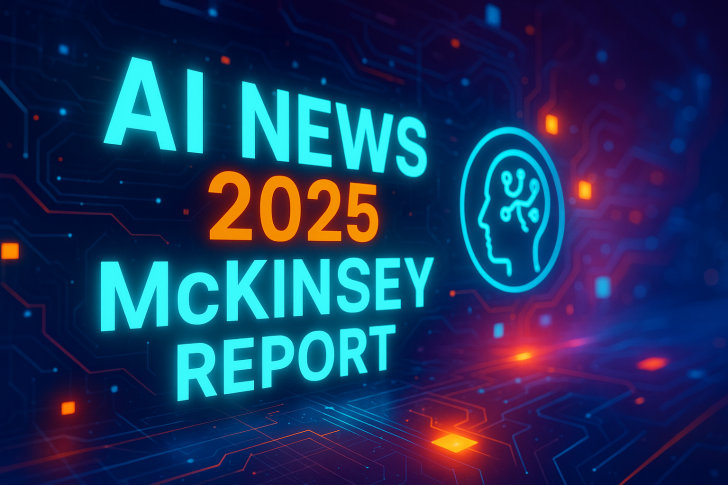⬤ McKinsey just dropped its 2025 AI report, and the news is already making waves across tech and investment circles. The announcement came with a brief "TLDR" teaser, though no specific highlights or numbers were shared upfront. Still, the release alone caught attention—McKinsey's annual AI reports have become go-to resources for understanding how enterprises are actually using AI, what it's costing them, and where they're hitting roadblocks.
⬤ Investors typically comb through these reports to get a clearer picture of AI demand and how it might ripple through software companies, cloud providers, and chip makers. Management teams also pay close attention to see how peers are budgeting for machine learning projects. Without the full details yet, any serious analysis of adoption rates, revenue impacts, or sector winners will need to wait until people can actually read the complete document.
⬤ The timing matters. Markets are trying to figure out how quickly companies can turn AI prototypes into real production systems—and what that means for spending patterns. Since the initial posts didn't include hard numbers or deep dives, traders and analysts will likely hunt down the official report to check the methodology, timeframes, and definitions. That kind of verification is crucial for comparing this year's data against previous benchmarks and avoiding knee-jerk reactions.
⬤ For now, the main takeaway is simple: McKinsey's 2025 AI report is out, and it should offer a fresh look at where enterprise AI stands today. But until the full report gets reviewed, it's smart to treat social media mentions as helpful alerts rather than actionable signals. Anyone serious about understanding the implications for AI-heavy stocks and the broader tech landscape will want to read the actual document before making any moves.
 Saad Ullah
Saad Ullah

 Saad Ullah
Saad Ullah


